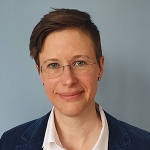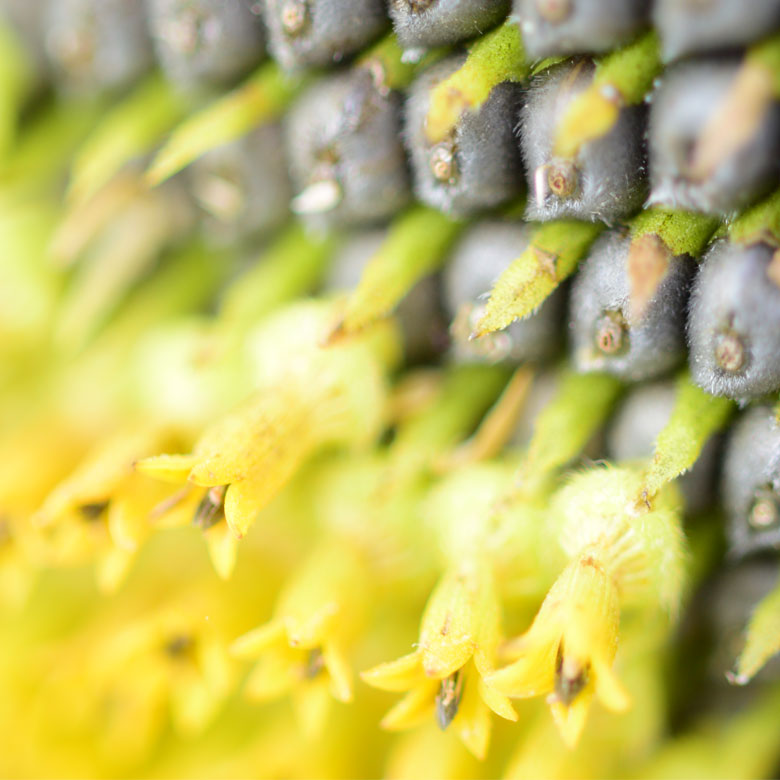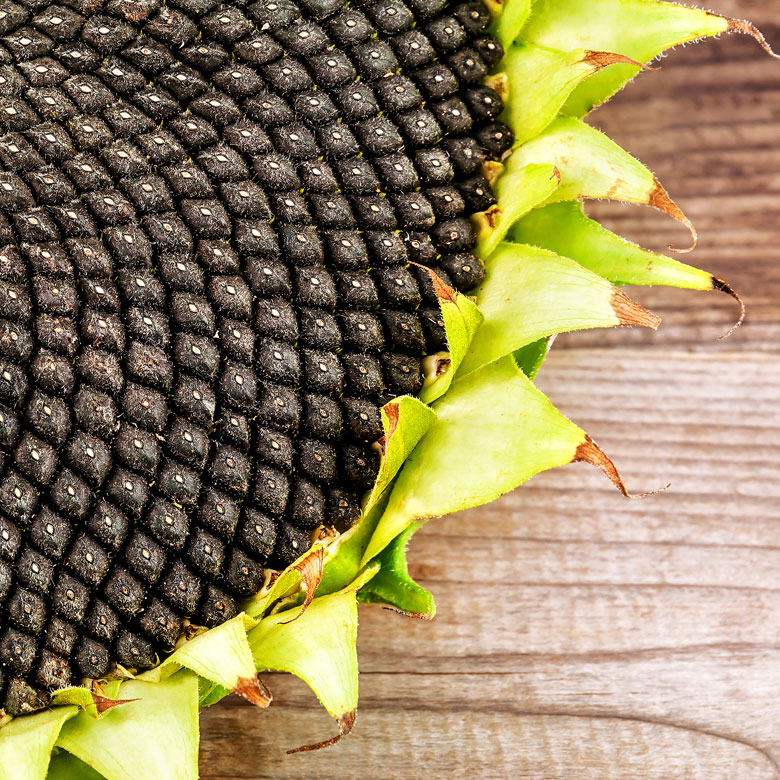“Paper and board are renewable by nature, as the main raw material, the fibers, come from natural resources. It feels great to be able to add on to that and provide a renewable alternative to the fossil-based chemistry that has such a crucial role in the complex papermaking process,” says Elisabeth Lackinger-Csarmann, Technology Manager, Process & Functional Chemicals, Pulp & Paper, Kemira.
Replacing fossil-based raw materials in paper chemicals – more precisely, in internal sizing – has been the focus of work for Elisabeth ever since she joined Kemira as R&D Project Manager in 2007. As a result of her research, Kemira has introduced a new biobased sizing chemical that is made from renewable sunflower oil instead of fossil-based olefins. The sunflower ASA, or MSOHO (maleated high oleic sunflower oil), is used in internal sizing and hydrophobation of paper and board. It provides resistance against moisture and liquid and plays an important role also in improving other physical properties of the fiber-based materials, such as strength, dimensional stability, and coating and converting properties.
“We as chemists have the responsibility to find solutions to current challenges and discover smart ways of replacing fossil-based raw materials. One of the best things about working with the biobased sizing chemical has been surprising people with the fact that a solution like this can actually work, be efficient, and become a viable alternative for the papermakers,” Elisabeth says.
Sustainability and biobased chemicals are at the heart of Kemira’s strategy. Kemira aims to become the leading provider of sustainable chemical solutions for the water intensive industries and increase the share of biobased products in its portfolio by 2030.
“Although we’ve been working toward this for years, the publicly stated commitment makes me happy. The importance of sustainability has gained momentum in the entire value chain. I’m curious to see what happens in the paper and packaging industry in the coming years in terms of more and more concrete actions.”
A unique alternative for fossil-based chemicals
Elisabeth had just finished her Master’s thesis in technical chemistry at the Vienna University of Technology when she started working for Kemira in Krems, Austria.
“There was already the idea of developing internal sizing chemicals from plant oils, and I picked the topic up and started working toward a more sustainable ASA. We tried out other vegetable oils as well, such as linseed, rapeseed, and soybean oils, but sunflower oil had the right fatty acid composition, among other things.”
Traditional sizing chemicals like AKD emulsions and Rosin sizes come from renewable raw materials, e.g. palm oil and gum or tall rosin from pine trees, but the more efficient and widely used synthetic ASA sizing is based on fossil-based olefins. In addition to discovering a biobased raw material for the product, the aim was to find one that would be locally available, to minimize transport and related emissions.
“Olefins need to be shipped from oversees, whereas sunflowers can be locally grown and the oil mills producing the raw material are within some hundreds of kilometers from our production site.”
While working, Elisabeth also continued with postgraduate studies at the University of Natural Resources and Life Sciences in Vienna and completed her PhD thesis on the novel, biobased sizing chemical as a substitute for ASA.
“This was the perfect setup. I could draw from the extensive knowhow on sizing chemicals and application from the experts at Kemira while conducting scientific research to comprehensively analyze the characteristics of the new substance.”
The new sustainable alternative needs to be as efficient, as applicable, and as cost-efficient as the current solution.
At the paper and board mills, replacing fossil-based raw materials in the sizing chemical is not enough – the new sustainable alternative needs to be as efficient, as applicable, and as cost-effective as the current solution. Sunflower ASA ticks all boxes.
“A lot of the development work was aimed at tuning the properties of the MSOHO as close to the standard ASA sizing as possible. We must figure out e.g. how to deal with the higher viscosity of the substance. Now MSOHO is a unique alternative for the fossil-based products in the market.”
Collaboration toward sustainable solutions
Kemira’s current commercially available sunflower ASA product, FennoSize MO 30, has 30% renewable content blended in standard ASA. “We aim higher,” Elisabeth points out, “this is just the first step toward a fully biobased sizing chemical.” She has been waiting to take the next steps in development ever since the global pandemic locked down the mills.
“100% MSOHO sizing has already been run on pilot scale and everything’s ready to go for the mill trials. Developing a completely new chemical takes time, but being on-hold is frustrating when you’re eager to figure out the answers to the remaining questions related e.g. to the application of the product.”
Change rarely happens overnight. The whole value chain needs to be committed to taking the steps forward.
Steering clear from all fossil-based raw materials in the production is a clear target for the paper and board industry, but as Elisabeth points out, many are waiting for the true game changer.
“Change rarely happens overnight. The whole value chain needs to be committed to taking the steps forward one by one and developing new, more sustainable solutions together. We cannot develop biobased chemistries in isolation without dedicated customers who are as eager and willing to try out new solutions and in doing so, help us develop them further.”
A global network of experts
“It was curiosity,” Elisabeth says when asked why she got into the field of chemistry in the first place. “Working in chemistry and conducting research combines science with a hands-on approach you can take e.g. in the laboratory. I enjoy that.” Today, Elisabeth is also heading the laboratory team working at Kemira’s Krems site.
“We have a vast network of true experts within Kemira, all over the world,” Elisabeth praises. “For me, the culture here is genuinely collaborative and inclusive.”
In her free time, Elisabeth unwinds by watching the curiosity spark in her children, currently almost four and six years old.
“It is so much fun watching them grow up. They are now learning how to play together, collaborate and plan ahead. It’s interesting to see how they come up with stories about flying to the moon and going to holiday – wherever their imagination takes them.”




